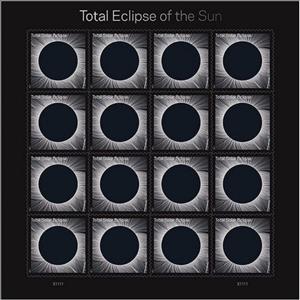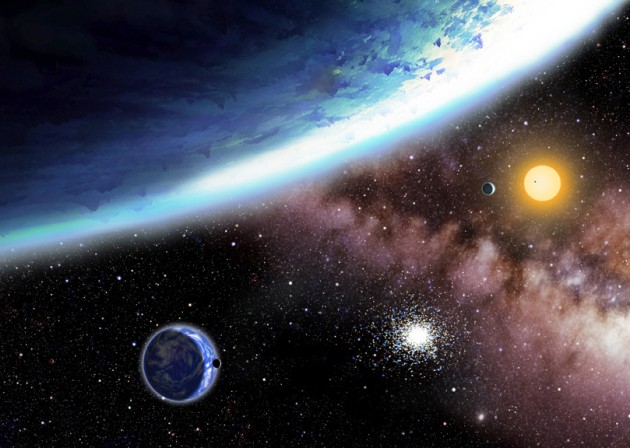Mini Sheet: Total Solar Eclipse - sheet (United States of America 2017)
Total Solar Eclipse - sheet (United States of America 2017)
20 June (United States of America ) within release Total Solar Eclipse goes into circulation Mini Sheet Total Solar Eclipse - sheet face value 16*FOREVER No Face Value
| Mini Sheet Total Solar Eclipse - sheet in catalogues | |
|---|---|
| Michel: | Mi: US 5404KB |
| Stamp Number: | Sn: US 5211a |
Mini Sheet is square format.
The back side shows the path of the eclipse that occurs on August 21, 2017.Also in the issue Total Solar Eclipse:
- Mini Sheet - Total Solar Eclipse - sheet face value 16*FOREVER;
- Stamp - Total Solar Eclipse face value FOREVER;
Mini Sheet Total Solar Eclipse - sheet it reflects the thematic directions:
Astronomy is a natural science that studies celestial objects and the phenomena that occur in the cosmos. It uses mathematics, physics, and chemistry in order to explain their origin and their overall evolution. Objects of interest include planets, moons, stars, nebulae, galaxies, meteoroids, asteroids, and comets. Relevant phenomena include supernova explosions, gamma ray bursts, quasars, blazars, pulsars, and cosmic microwave background radiation. More generally, astronomy studies everything that originates beyond Earth's atmosphere. Cosmology is a branch of astronomy that studies the universe as a whole. .
The Moon is Earth's only natural satellite. It orbits at an average distance of 384,400 km (238,900 mi), about 30 times the diameter of Earth. Tidal forces between Earth and the Moon have over time synchronized the Moon's orbital period (lunar month) with its rotation period (lunar day) at 29.5 Earth days, causing the same side of the Moon to always face Earth. The Moon's gravitational pull – and to a lesser extent, the Sun's – are the main drivers of Earth's tides.
The Sun, also known as Sol, is a star at the center of the solar system. It is a white star that gives off different types of energy such as infrared energy (heat), ultraviolet light, radio waves and light. It also gives off a stream of particles, which reaches Earth as "solar wind". The source of all this energy is nuclear fusion. Nuclear fusion is the reaction in the star which turns hydrogen into helium and makes huge amounts of energy. It is a nearly perfect ball of hot plasma.



